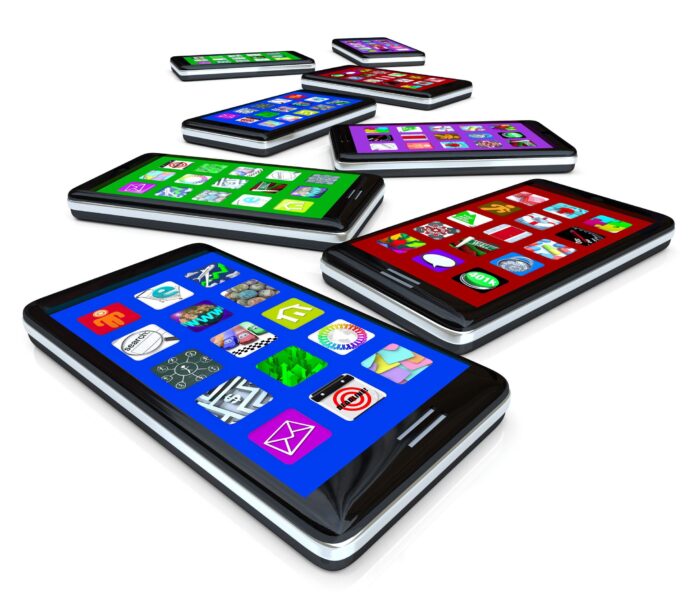The global smartphone market grew even faster than IDC had expected during the second quarter, beating the analyst firm’s predicted growth rate of 12.5% to come in at 13.2%, according to preliminary data from IDC’s Worldwide Quarterly Mobile Phone Tracker.
Smartphone OEMs shipped about 313.2 million devices during the second quarter of 2021. IDC said that figure “further proves this market is headed back toward sustained growth.”
The only region of the world that didn’t see a rebound from 2020’s smartphone market was China. IDC reported that the smartphone market there was down 10% compared to the same time last year, due to a combination of factors including weaker than expected demand, the absence of flagship smartphone launches and “the further decline of the Huawei brand.” Apple is dominating the market in China for devices priced above $800 or above.
According to IDC’s figures, Chinese smartphone makers Xiaomi and Oppo saw the most year-over-year growth in market share. Xiaomi saw its shipments rise from 28.5 million in the second quarter of last year — about 10% of the market — to more than 53 million, or nearly 17% of the overall shipment volume. Its growth pushed it into second place in the market for the first time and bumped Apple to third place. Oppo, meanwhile, was in fourth place in the market, with shipments up from 24 million in the second quarter of 2020 to 32.8 million, now representing more than 10% of the market.
Subscribe now to get the daily newsletter from RCR Wireless News
Samsung continues to hold its spot as the global smartphone market leader, IDC calculated. Its device volumes grew around 9.3% year-over-year from 54 million to 59 million, but it still lost some market share, dropping from about 19.5% of market share to 18.8%.
“Globally, all Chinese brands are growing rapidly, with Xiaomi hitting record volume this quarter and year-over-year growth of 86.6%,” said Nabila Popal, research director with IDC’s mobile and consumer device trackers. “Another rising star is realme, which saw the fastest year-over-year growth among the top 10 at 149% and more than three quarters of its volume coming from outside China. As all these Chinese brands increase their focus in regions like Europe, Latin America, and the Middle East and Africa, the competition will only get more intense for the likes of Samsung and other players in those markets.”
In addition, with LG exiting the smartphone market, there is jockeying going on to take market share in the United States, where LG held its strongest market position. IDC said that LG’s absence led to Motorola, TCL, and OnePlus experiencing year-over-year gains beyond what they have seen in recent years.
“The smartphone market has been fortunate enough to not experience the severe supply constraints as the automotive, PC, and display industries,” said Ryan Reith, program VP with IDC’s mobile and consumer device trackers. “The pandemic is far from over, yet consumers around the world continue to show the need for mobile devices and a willingness to spend in these categories. Shipments of 5G devices are on the rise, especially as price points go down, but we continue to believe that consumers are not yet buying specifically for 5G. They are buying because they need a replacement device, and in some cases a first-time smartphone.”

